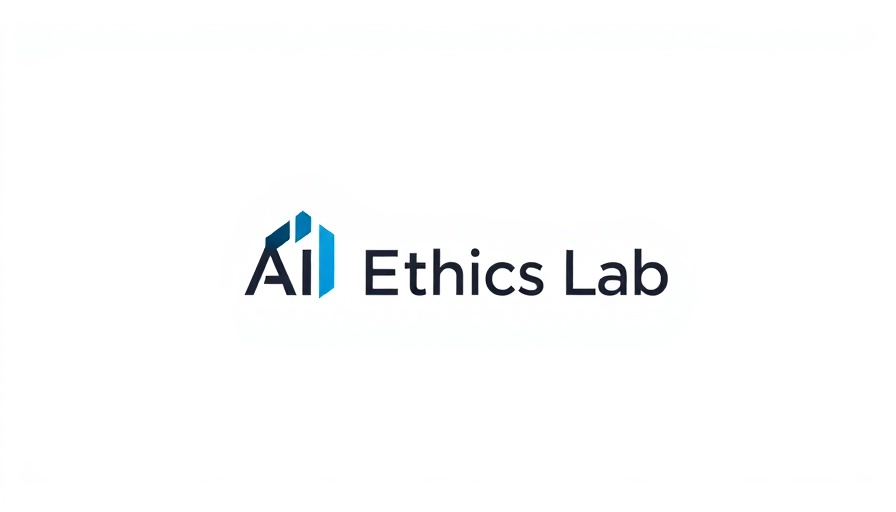
The Shift Towards AI in Workplace Safety
As industries modernize, the integration of Artificial Intelligence (AI) promises enormous potential benefits, particularly in enhancing workplace safety. One company pioneering this initiative is Intenseye, which leverages cutting-edge AI to monitor work environments 24/7, providing real-time alerts on safety violations. The staggering cost of workplace injuries, which amounts to $250 billion annually, underscores the urgency for such innovations. However, while the advantages are clear, ensuring these technologies are used ethically remains a critical challenge.
Intenseye and the AI Ethics Lab: A Collaborative Effort
Recognizing the importance of ethical considerations, Intenseye has partnered with the AI Ethics Lab to refine their safety systems. The collaboration seeks to align Intenseye’s technology with ethical standards that prioritize the well-being of individuals. By applying the AI Ethics Lab's tool, The Box, Intenseye’s systems are assessed against three core values and 18 instrumental principles, ensuring a balance between technological progress and moral responsibility.
Historical Context and Background
The role of AI in the workplace is not a novel concept, but its current scale and application present new challenges. Historically, the use of AI has traversed various industrial sectors, evolving with advancements in technology. From basic automation to sophisticated AI-driven tools, the journey reflects a continuous push towards efficiency and safety. Today, AI technologies like Intenseye's are pivotal in reshaping traditional safety protocols, highlighting the need to incorporate ethical scrutiny as part of their development process.
Potential Future Developments and Trends
Looking ahead, AI-driven systems are anticipated to become even more integral to workplace safety. Future trends suggest an increase in real-time data analytics, predictive safety measures, and comprehensive compliance solutions. As AI continues to advance, organizations will need to focus on transparency and ethical consciousness to fully realize AI's potential. This sets a precedent for regulatory frameworks and ethical guidelines that safeguard against misuse and ensure tech innovations are beneficial and responsible.
Actionable Insights and Practical Tips
For those looking to implement AI solutions in workplace safety, engaging with ethical evaluation tools like those provided by the AI Ethics Lab can be invaluable. Establishing clear objectives, ensuring data transparency, and fostering a culture of safety and accountability are key steps to successful integration. Encouraging robust dialogue between tech developers and ethicists can also yield a more balanced approach that prioritizes both innovation and ethical responsibility.
 Add Row
Add Row  Add
Add 
 Add Element
Add Element 


Write A Comment